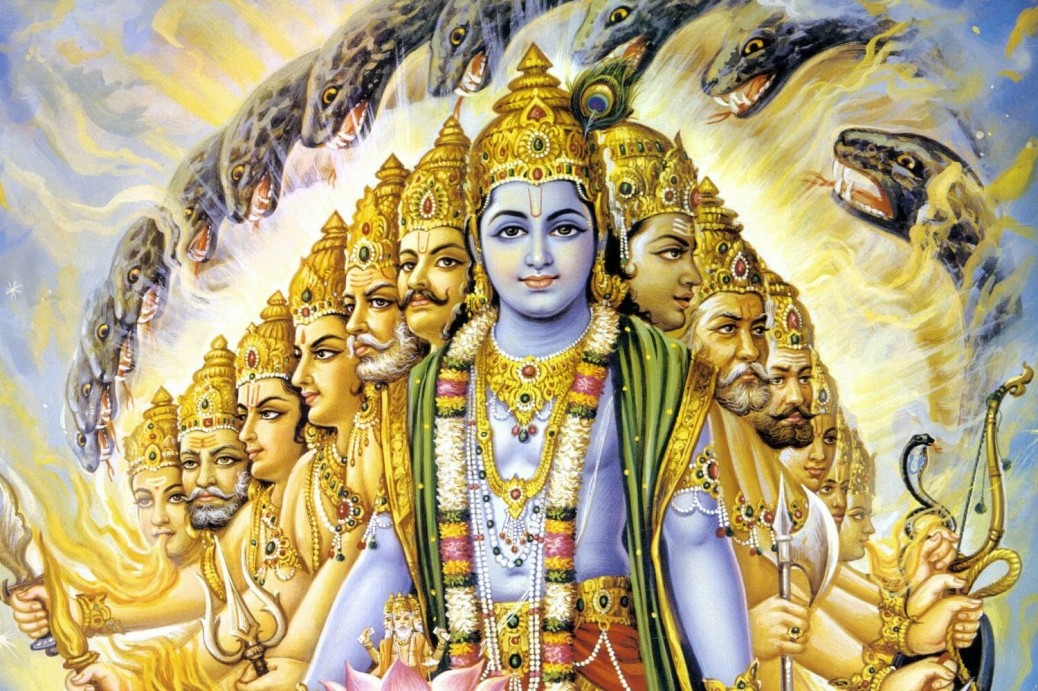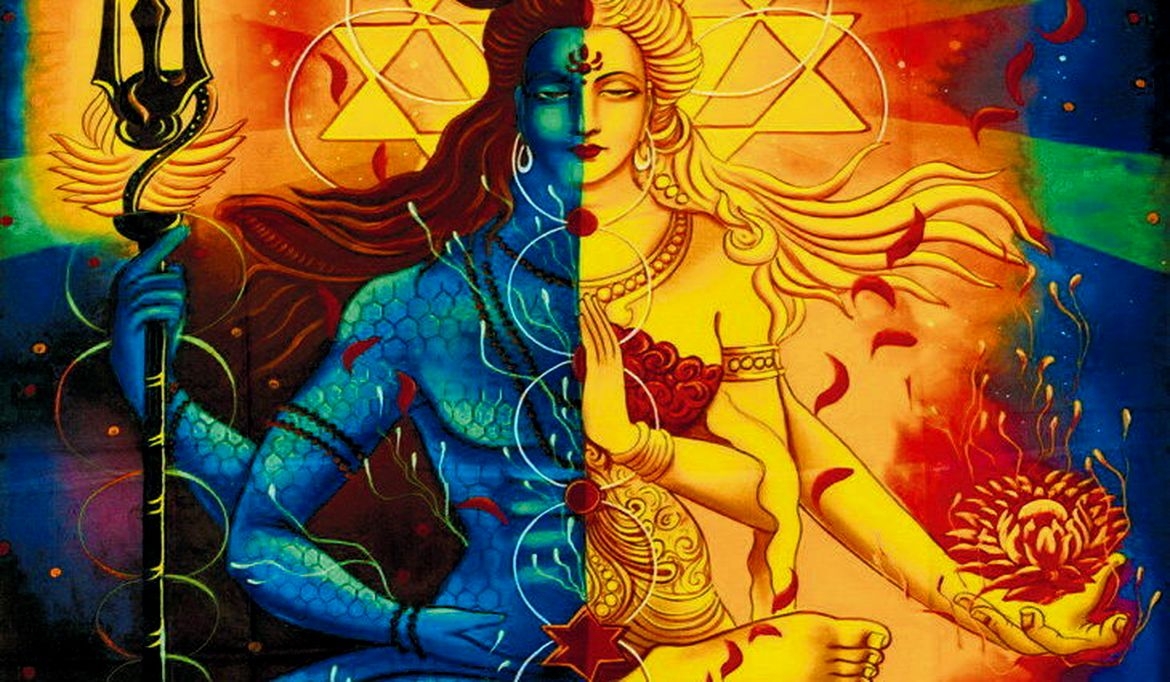Mysticism – In Gita Verse 18.75 By the mercy of Vyāsa, I have heard these most confidential talks directly from the master of all mysticism, Kṛṣṇa, who was speaking personally to Arjuna.
By the grace of Shri Vyasji, through divine insight, I have been privileged to hear the most confidential and sacred teachings directly from Yogeshwar Shri Krishna Himself. This experience is akin to an internal waterfall, a continuous downpour of divine wisdom, evoking joy and reverence each time I recall it. What I have witnessed is beyond the realm of ordinary perception; it is an extraordinary vision, an unheard melody, and an event that defies conventional trust.
Sañjaya recounts that he has heard these most confidential talks directly from the master of all mysticism. But what exactly is mysticism?
Mysticism transcends the boundaries of logic and reason, transforming life into a poetic and musical experience. It asserts that life, in its essence, is unknowable and cannot be fully comprehended through mere intellectual pursuit. Science categorises existence into the known and the unknown, with the belief that the unknown will eventually become known. Mysticism, however, introduces a third category: the unknowable, which remains beyond the grasp of knowledge and understanding.
This unknowable aspect of life can be experienced but not known. It cannot be distilled into knowledge, though it can inspire the heart to sing its song. One can live it, dance it, and be filled with it, but it remains elusive to the intellect. It is akin to a river merging with the ocean; while the river becomes the ocean, it does not gain knowledge of it. Knowledge requires separation between the knower and the known, but in mysticism, this separation dissolves, leading to a unity where knowledge is no longer possible, only experience.
The term “mysticism” originates from the Greek word “mysterion,” meaning “secret ceremony.” Those who have touched the unknowable come together to share their experiences, not through words, but through their very being. They may dance, sing, gaze into each other’s eyes, or sit in silent communion. This was the essence of the gatherings around Buddha, Krishna, and Jesus.
For instance, Krishna’s devotees danced with him in a mysterion, a secret ceremony. An outsider would see only the external dance, missing the profound sharing of being that occurs. To truly understand, one must participate, dance with Krishna, and experience the invisible flow of energy between master and disciple.
In India, such secret ceremonies are called “Ras,” particularly in the tradition of Krishna. “Ras” signifies dancing with the Master, allowing the energies to flow and merge. Only through movement and flow can a true meeting occur.
Similarly, with Buddha, the ceremony involved silent sitting, known as “satsang,” or being with truth. Disciples sat in silence, love, and gratitude, drawing closer to Buddha. As the space between master and disciple diminished, a transfer of light and enlightenment occurred. This too was a mysterion, a secret ceremony.
This phenomenon repeated with Zarathustra, Lao Tzu, Jesus, and others, each in their unique ways. It continues in the presence of contemporary masters like Osho. Spectators may observe the external activities, but without deep involvement, they miss the true essence. The words spoken by the master are merely a medium; the real treasure lies in the silent communion, the transfer of presence.
The ceremony is “secret” not because it is hidden, but because its true nature is accessible only through a deep, loving relationship with the master. Outsiders may witness the physical gathering but remain oblivious to the spiritual transfer occurring. This secrecy is intrinsic, as the profound connection and transformation are invisible to those not initiated into the mystic relationship.
To truly understand and experience this secret ceremony, one must dissolve into the master’s presence, taking risks and becoming a participant. It is only through this deep harmony that one can taste the divine, feel the experience in the heart, and let the mystic vibe penetrate and transform one’s life.
The secret ceremony is open for all to see, but only those who are initiated can truly perceive and experience its profound essence.
Tags: Mysticism




